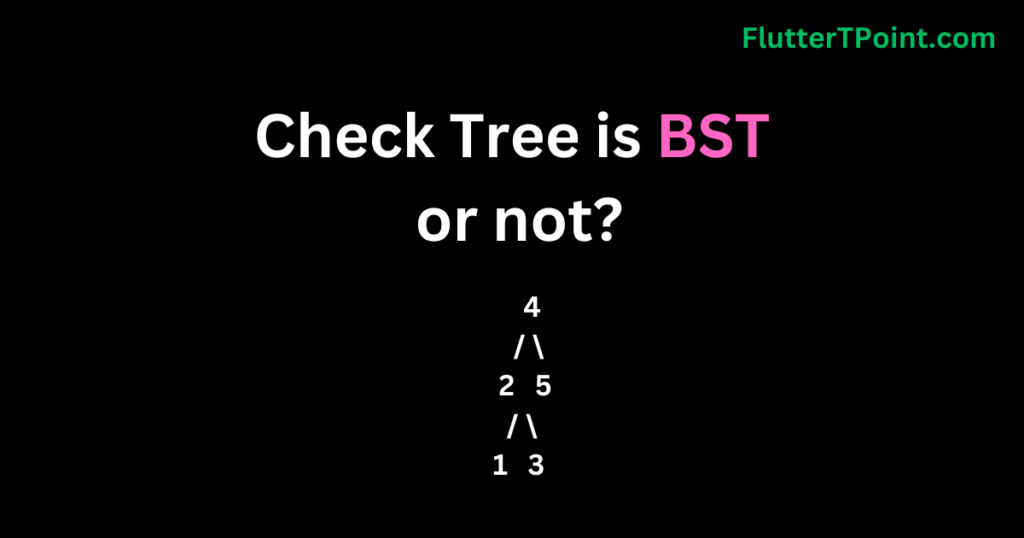The problem of move all the negative elements to one side of the array is a common programming task known as partitioning or segregating elements. In this specific case, the goal is to rearrange the elements in such a way. That all the negative numbers appear before (or to the left of) any positive or non-negative numbers in the array.
The task can be seen as a sorting problem. Where the only requirement is to separate the elements based on their negativity rather than sorting them in ascending or descending order. By moving the negative elements to one side, we create a partition in the array that divides the negative and non-negative numbers.
Example for Move all the negative elements to one side of the array
Let’s break down the solution:
- The
moveNegativeElementsmethod takes an integer arrayarras input. - We initialize two pointers,
leftandright, with the start and end indices of the array, respectively. - We enter a while loop that continues until the
leftpointer is less than or equal to therightpointer. - Inside the loop, we search for the first positive element from the left side of the array. We increment the
leftpointer until we find a positive element or untilleftbecomes greater thanright. - Similarly, we search for the first negative element from the right side of the array. We decrement the
rightpointer until we find a negative element or untilleftbecomes greater thanright. - If the
leftpointer is still less than or equal to therightpointer, it means we have found a positive element on the left side and a negative element on the right side that need to be swapped. - We swap the positive and negative elements using a temporary variable, increment the
leftpointer, and decrement therightpointer. - The process continues until the
leftpointer becomes greater than therightpointer, indicating that all negative elements have been moved to one side of the array. - In the
mainmethod, we create an example arrayarrand print its original state. - We then call the
moveNegativeElementsmethod, passing the array as an argument, to rearrange the negative elements. - Finally, we print the modified array to verify the result.
import java.util.Arrays;
public class NegativeElements {
public static void moveNegativeElements(int[] arr) {
int left = 0;
int right = arr.length - 1;
while (left <= right) {
// Find the first positive element from the left
while (left <= right && arr[left] < 0) {
left++;
}
// Find the first negative element from the right
while (left <= right && arr[right] >= 0) {
right--;
}
if (left <= right) {
// Swap the positive and negative elements
int temp = arr[left];
arr[left] = arr[right];
arr[right] = temp;
left++;
right--;
}
}
}
public static void main(String[] args) {
int[] arr = { -2, 3, -5, -1, 7, 8, -6 };
System.out.println("Original array: " + Arrays.toString(arr));
moveNegativeElements(arr);
System.out.println("Array after moving negative elements: " + Arrays.toString(arr));
}
}
When you run the code, the output will be:
Original array: [-2, 3, -5, -1, 7, 8, -6]
Array after moving negative elements: [-2, -6, -5, -1, 7, 8, 3]
The time complexity of the provided example for moving negative elements to one side of the array is O(n), where n is the size of the array. This is because the solution involves a single pass through the array using two pointers.
The space complexity of the example is O(1) since it uses only a constant amount of additional space, regardless of the size of the input array. The solution modifies the array in-place without requiring any additional data structures or dynamically allocating memory. Therefore, the space complexity remains constant.
I hope this example helps you understand how to efficiently move negative elements in an array using Java.
Suggestions:
Factorial of a Number Full Explanation With Examples
Check Tree is a BST or not Full Explanation
Postorder Traversal in Binary Search Tree With Full Explanation
Preorder Traversal In Binary Search Tree Full Explanation With Example
Inorder Traversal in Binary Search Tree Full Explanation
Binary Search Tree Traversal With Full Examples And Explanation
Difference Between Binary Tree and Binary Search Tree With Complete Examples
Searching in Binary Search Tree With Full Explanation
Binary Search Tree With Full Explanation And Examples
Minimize the maximum difference between heights
Write a program to cyclically rotate an array by one
Find the Union and Intersection of the two sorted arrays
Move all the negative elements to one side of the array
Next Permutation in c++ || FlutterTPoint With examples
Kth max and min element of an array
Kadane’s Algorithm In JavaScript With Example
Find the Maximum and Minimum element in an Array
Sorting An Array In JavaScript












